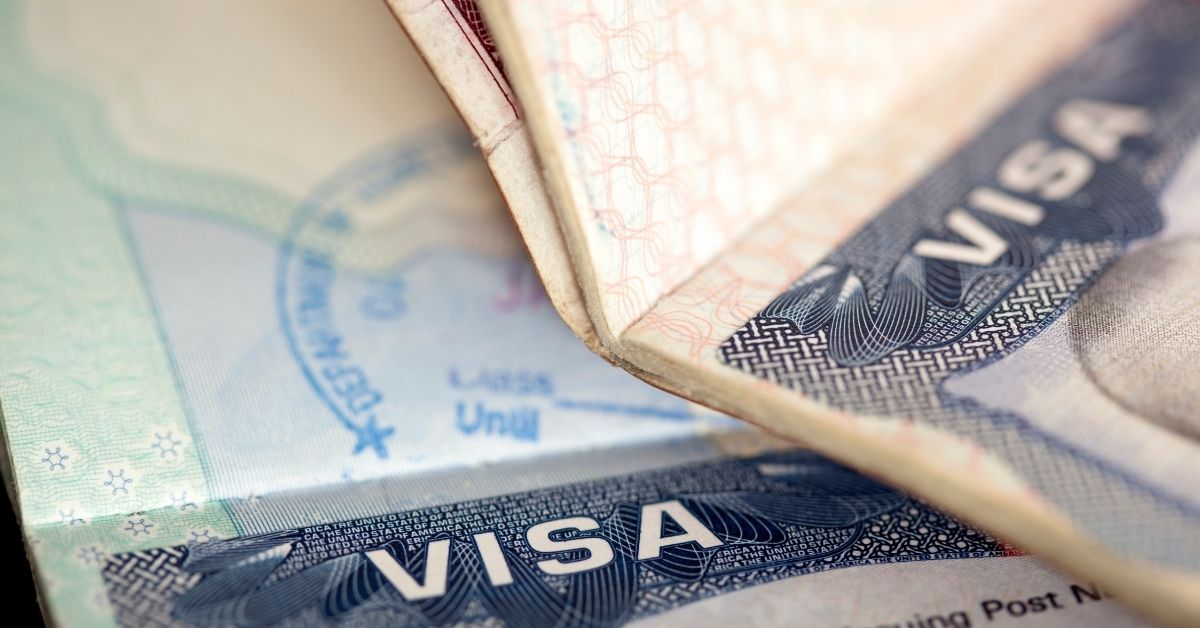It’s extremely difficult for English teachers to obtain a visa per lavoro subordinato.
It may be possible in some cases, for example working in an international school. In most cases, however, private language schools in Italy will not be able to get a visa per lavoro subordinato. The reason is simple: most private language schools cannot guarantee the 40 hours of work required for the visa, year round.
Teaching hours typically fluctuate throughout the year, and it’s very rare that you can get full-time work from one school. Normally, English teachers work with more than one school in order to fill up their plate with full-time work.
However, it’s an all-too-frequent situation that a hopeful English teacher gets an offer from a hopeful language school, but then that language school is not able to get the visa for the teacher. The fact is that most private language schools in Italy do not have the time, resources, or staff to obtain a work visa for a foreigner.
It’s just the way it is, so please don’t get fooled into coming to Italy under the assumption that they will eventually get you the visa—they usually won’t be able to. Believe me, this is exactly what happened to me in 2004, and 18 years later, I’m still hearing about similar stories with false promises.





















